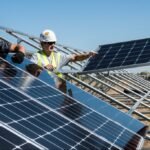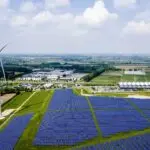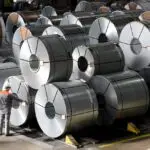As the global clean energy transition gathers speed, solar power continues to lead the way—especially in emerging markets where access to stable electricity can change lives. Yet the success of any solar energy project depends on far more than just panels and sun. It begins with one critical phase: site assessment and design. At Steelbridge Export, we’ve helped governments and developers navigate this phase using the EPCF model—Engineering, Procurement, Construction, and Financing—with outstanding results. Why? Because smart decisions made at the start of a solar project echo throughout its entire lifecycle.
Let’s explore how best practices in site assessment and design shape successful EPCF solar engineering—and why getting it right from day one can mean the difference between a high-performing asset and a costly disappointment.
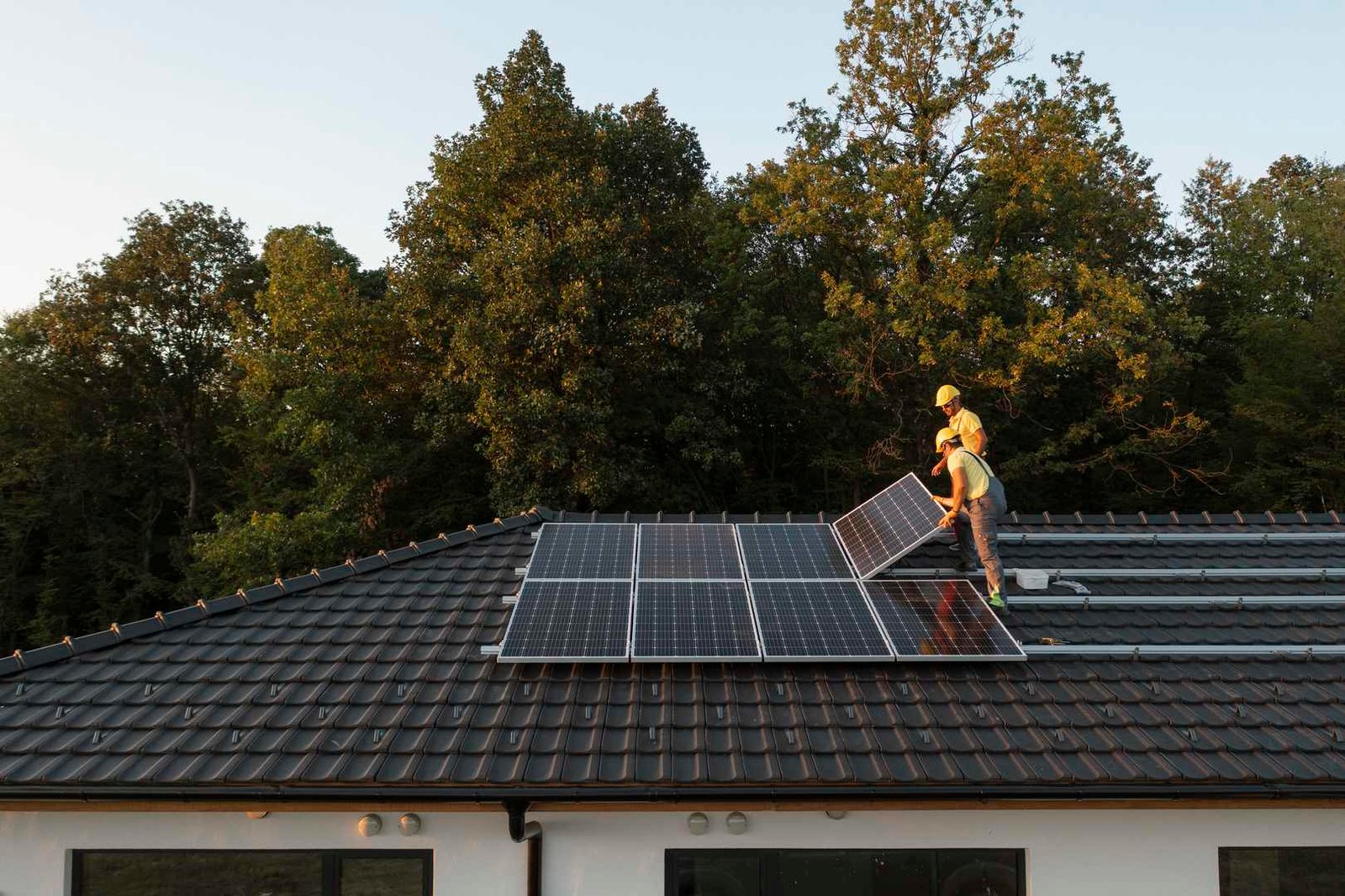
Understanding the EPCF Model in Solar Engineering
Before diving into best practices, it’s important to understand the EPCF framework. Unlike traditional EPC (Engineering, Procurement, Construction) models, EPCF includes Financing, making it particularly attractive to governments and developers in developing economies.
The EPCF contractor is responsible for not only designing and building the solar project but also securing the necessary funding—often through export credit agencies or global financial institutions. This turnkey approach streamlines execution and reduces risk by unifying accountability under one roof. For site assessment and design, this means the contractor is highly motivated to make smart, sustainable decisions right from the outset.
Phase 1: Site Identification and Feasibility Screening
The foundation of a successful solar project begins with identifying the right location. In this phase, several key criteria must be evaluated:
- Solar Irradiance: Areas with high solar radiation potential yield better energy output.
- Topography: Gentle slopes are ideal for large-scale PV systems. Avoiding rugged or shaded terrain reduces costs.
- Land Ownership and Use: Understanding legal, environmental, and community factors early avoids delays and disputes later.
- Accessibility: Proximity to roads and transmission infrastructure simplifies construction and interconnection.
Using tools such as GIS mapping, satellite imagery, and remote sensing, developers can screen large areas quickly and cost-effectively. The goal? Identify and shortlist viable sites that meet both technical and financial benchmarks.
Phase 2: Detailed Site Assessment
Once potential sites are identified, a more in-depth assessment is conducted. This phase typically includes:
- On-site Surveys: Topographic mapping, soil testing, and environmental impact analysis.
- Climatic Data Collection: Historical weather data, especially related to temperature, wind, and cloud cover.
- Grid Integration Studies: Evaluation of proximity to substations, available capacity, and potential for grid injection.
- Permitting and Community Engagement: Understanding local regulatory processes and engaging stakeholders to ensure support.
The EPCF contractor brings value here by not only conducting the assessment but factoring in design and financing implications. For example, if a site offers strong solar potential but poor grid access, the EPCF team may bundle transmission upgrades into the project scope—something that might be overlooked in traditional models.
 Phase 3: Optimal System Design for EPCF Projects
Phase 3: Optimal System Design for EPCF Projects
Once a site is approved, the design phase begins. This is where science meets strategy. The design must balance energy output, cost, environmental impact, and long-term reliability. Here’s how to get it right:
1. Solar Array Configuration
- Tilt and Orientation: Panels are optimized for maximum sunlight capture, depending on location and latitude.
- Spacing and Row Layout: Designed to minimize shading, maximize land use, and ensure easy maintenance.
- Tracking Systems: Single- or dual-axis trackers can boost output but require higher investment.
2. Electrical System Design
- Inverter Selection: Central vs. string inverters, depending on project size and redundancy needs.
- Cabling and Loss Management: Smart layout reduces transmission losses.
- Battery Storage (Optional): Integrated for energy shifting, backup, or off-grid applications.
3. Infrastructure and Civil Works
- Access Roads: Designed for construction and long-term maintenance access.
- Drainage Systems: Critical in areas with high rainfall.
- Fencing and Security: Protects the installation from damage or theft.
In the EPCF model, every design choice is considered through a financial lens. Overengineering drives up capital costs, while underengineering increases maintenance and reduces efficiency. The key is a balanced, performance-optimized design.
Best Practices in Site Selection and Design
To ensure success in EPCF solar engineering, here are a few industry best practices:
1. Involve All Stakeholders Early
Design is not a solo act. Governments, local utilities, lenders, engineers, and community leaders should all be part of the early conversation. In EPCF projects, where financing is interwoven, investor input on risk tolerance or insurance requirements can influence design.
2. Prioritize Modular and Scalable Design
Modular systems allow for phased deployment—critical when dealing with unpredictable financing, policy shifts, or evolving energy needs. EPCF contractors often structure projects to allow scaling up as more funding becomes available.
3. Use Digital Tools for Precision and Planning
Modern EPCF contractors employ digital twins, 3D modeling, and AI-based simulation tools. These enable better visualization, energy yield forecasting, and scenario planning. The result? Fewer surprises during construction and operation.
4. Build Resilience into the Design
Climate resilience is now non-negotiable. Designs must account for extreme weather—wind loading, flooding, and temperature swings. EPCF frameworks ensure that long-term performance is part of the ROI conversation, so designs are forward-looking.
5. Plan for O&M From Day One
Design with operation and maintenance (O&M) in mind. Leave adequate spacing, install smart monitoring systems, and ensure easy inverter access. Since EPCF providers often operate the plants under performance guarantees, their designs naturally emphasize maintainability.
 The Role of EPCF in Emerging Markets
The Role of EPCF in Emerging Markets
In developing economies, EPCF unlocks access to clean energy where traditional financing mechanisms fall short. It’s not just about delivering megawatts—it’s about delivering certainty. By embedding financing and construction into a single contract, EPCF ensures that design decisions are aligned with what is financially and technically feasible.
For example, a government in East Africa may want to install a 50 MW solar farm but lacks upfront capital. Through an EPCF model, the contractor secures funding, designs the system to match grid capabilities, and implements the project within a predictable budget. Everyone wins: the government expands its energy capacity, the contractor gets paid through long-term PPA revenue, and communities gain reliable power.
Real-World Example: Smart Design in Action
Consider a recent EPCF project in Southeast Asia, where Steelbridge Export partnered with a government utility to deploy 100 MW of solar across two rural provinces. Initial assessments revealed flat terrain but complex soil conditions and weak grid infrastructure.
Instead of abandoning the site, the EPCF team redesigned the array using elevated mounting structures and integrated a micro-substation within the plant footprint. They also sourced corrosion-resistant components suitable for the high humidity. Financing was secured through a blend of export credit and climate development funds.
The result? On-time delivery, strong output, and positive community impact—proving that smart site design isn’t a luxury. It’s a necessity.
Conclusion: Building a Smarter Solar Future
The path to clean energy is paved with smart choices—and it all starts with how we assess and design our solar infrastructure. In the world of EPCF, where every dollar and decision counts, rigorous site assessment and intelligent design are not just best practices—they’re strategic imperatives.
With experience-rich partners like Steelbridge Export leading the way, developers and governments can be confident that their projects are optimized from day one. From sun to socket, the EPCF model empowers sustainable progress that lasts.
To learn more about innovative EPCF solutions and explore real-world solar case studies, visit epcpower



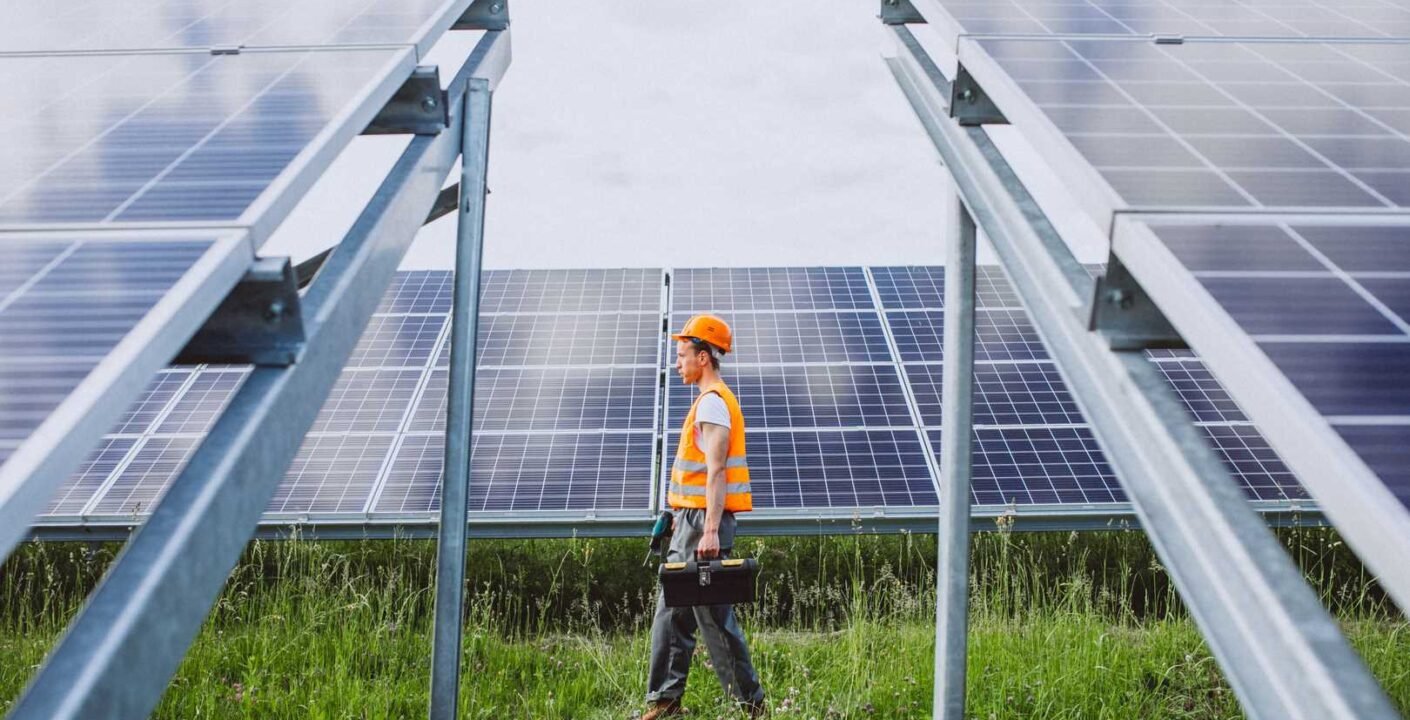
 Phase 3: Optimal System Design for EPCF Projects
Phase 3: Optimal System Design for EPCF Projects The Role of EPCF in Emerging Markets
The Role of EPCF in Emerging Markets